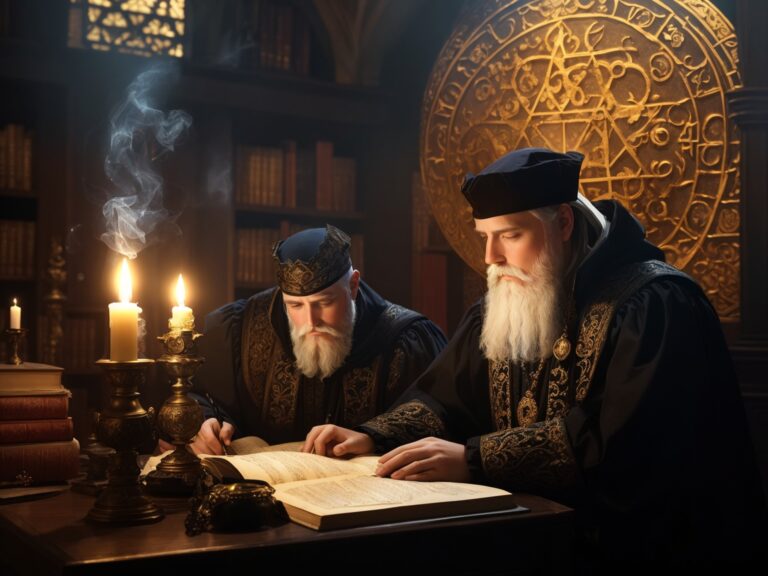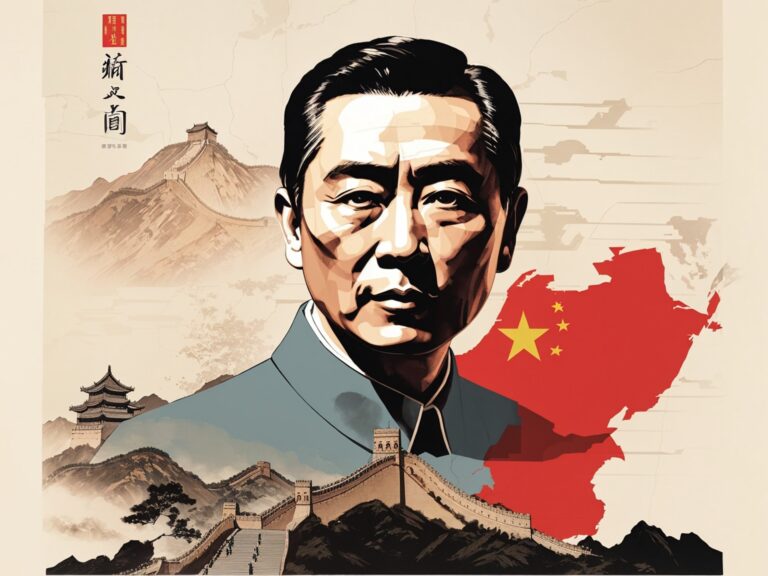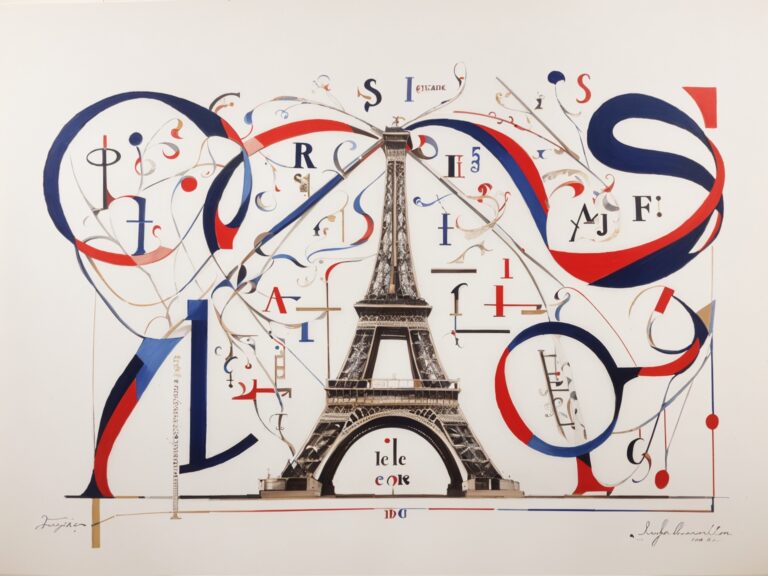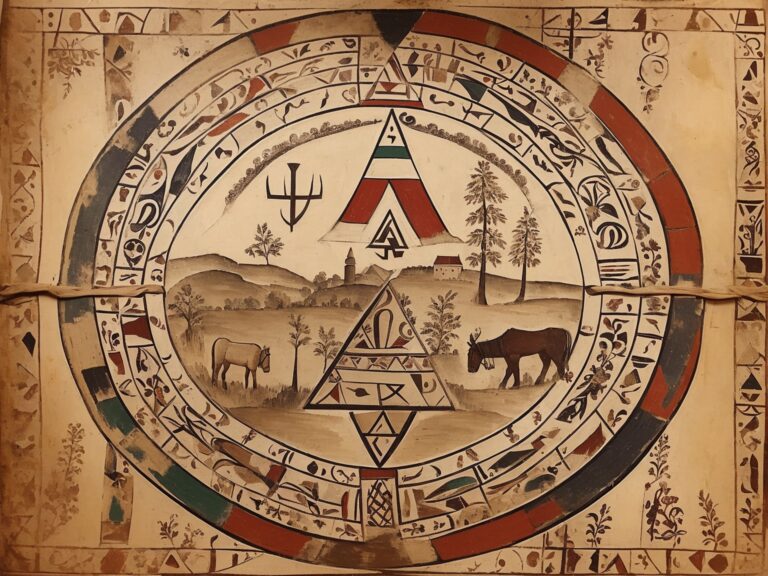Many stories surrounding language involve the mystery of deciphering ancient codes, the valor of wartime cryptography, or the mystical origins of universal tongues. However, one story, perhaps less known, is not about a language’s inception, disappearance, or discovery, but rather its incredible resurrection from a prolonged slumber. The story is that of the Hebrew language, which transformed from a near-extinct liturgical language into a vibrant, modern language spoken by millions. It’s a story of linguistic persistence, cultural revival, and one man’s tireless dedication.
Part 1: Hebrew: A Tongue of Antiquity
Hebrew is one of the world’s oldest languages, with its earliest written examples dating back to the 10th century BCE. Its roots can be traced to the Semitic family of languages, akin to Aramaic and Arabic. The language flourished in the kingdoms of Israel and Judah, and it served as the primary medium of expression for the Jewish religious, literary, and legal corpus, including the Torah and the Talmud.
However, following the destruction of the Second Temple in Jerusalem in 70 CE and the subsequent exile of Jews from their homeland, the use of Hebrew as a daily spoken language began to wane. Aramaic and Greek gradually took its place in many Jewish communities, and later Arabic, Yiddish, Ladino, and other languages made inroads. By the Middle Ages, Hebrew had largely ceased to be a mother tongue and was preserved mainly for liturgical use, scholarly study, and limited communal purposes.
The result was a scenario that seemed to spell the eventual extinction of Hebrew as a living language. Despite this, a base of fluent Hebrew speakers was maintained by religious scholars and Jewish intellectuals, keeping the language alive through centuries of diaspora. However, a vast majority of Jews in the 19th century had little to no knowledge of Hebrew, using it solely for prayer and not as a conversational language.
Part 2: The Zionist Movement and the Hebrew Language
The late 19th and early 20th centuries saw the rise of the Zionist movement, which sought to establish a Jewish homeland in Palestine. Part of the Zionist vision was a cultural revival that would unite Jews from diverse backgrounds, and language was a critical aspect of this.
Yiddish and Ladino, the vernaculars of Ashkenazi and Sephardi Jews, were widely spoken within the Jewish diaspora, but these languages lacked the cultural unity that the Zionist leaders aspired to create. Hebrew, with its historical ties to the land of Israel and its foundational role in Jewish religious and intellectual life, was the natural choice for this purpose. However, transforming Hebrew into a modern spoken language that could serve the needs of a contemporary nation was no small task.
Part 3: Enter Eliezer Ben-Yehuda
The revival of Hebrew as a spoken language is largely credited to one man: Eliezer Ben-Yehuda. Born Eliezer Yitzhak Perlman in Lithuania in 1858, Ben-Yehuda grew up in a Yiddish and Russian-speaking household but was introduced to Hebrew at a young age as part of his religious education.
Ben-Yehuda was profoundly influenced by the nationalist movements of 19th-century Europe. He recognized the powerful role language could play in fostering national identity and unity. He believed that the Jewish people, scattered across the globe and speaking a babel of languages, needed a common tongue to cement their cultural bond and to promote their national cause.
In 1881, Ben-Yehuda immigrated to Palestine, then a part of the Ottoman Empire, with an ambitious dream: to resurrect Hebrew as a living, breathing language. He set about this Herculean task with a singular determination. Ben-Yehuda and his wife, Deborah, made a pact to speak only Hebrew in their home, making their son, Ben-Zion, the first native speaker of modern Hebrew.
But Ben-Yehuda’s efforts went beyond his household. He became a tireless advocate for the use of Hebrew in schools, newspapers, and public institutions. He founded the Hebrew Language Committee (later the Academy of the Hebrew Language) to guide the language’s development. The committee had to invent new words for modern concepts and phenomena, as the liturgical Hebrew language lacked terminology for the modern world. Words like “ice cream” (glida), “bicycle” (ofanayim), “electricity” (chashmal) were created.
Part 4: A Language Reborn
Despite initial resistance, the transformation of Hebrew from a liturgical language into a modern vernacular took root. Schools teaching in Hebrew sprang up across Palestine, and in 1922, the British Mandate authorities recognized Hebrew as one of the country’s three official languages, alongside English and Arabic.
The declaration of the State of Israel in 1948 cemented Hebrew’s status as a national language. Today, Hebrew is spoken by over nine million people worldwide, most of them in Israel. Its successful revival has been used as a model for other efforts to restore endangered or extinct languages.
Part 5: The Legacy of the Hebrew Revival
The revival of Hebrew was more than a linguistic achievement; it was also a cultural and psychological triumph. It provided the emerging Israeli nation with a tangible link to their ancient homeland and a shared language that bridged the diverse Jewish diaspora. It also demonstrated the powerful role language plays in shaping national identity.
The story of Hebrew’s revival offers valuable lessons for the global efforts to preserve and revive endangered languages. It illustrates the critical role of dedicated individuals and supportive policies, the importance of developing a modern vocabulary, and the crucial need for the language to be used in daily life and education.
To conclude, the story of Hebrew’s revival from a near-extinct language of antiquity to a vibrant, modern language is one of linguistic determination and cultural perseverance. It’s a fascinating tale of how a language, interwoven with faith, history, and identity, was awakened from its slumber, making it a unique chapter in the annals of linguistics.








